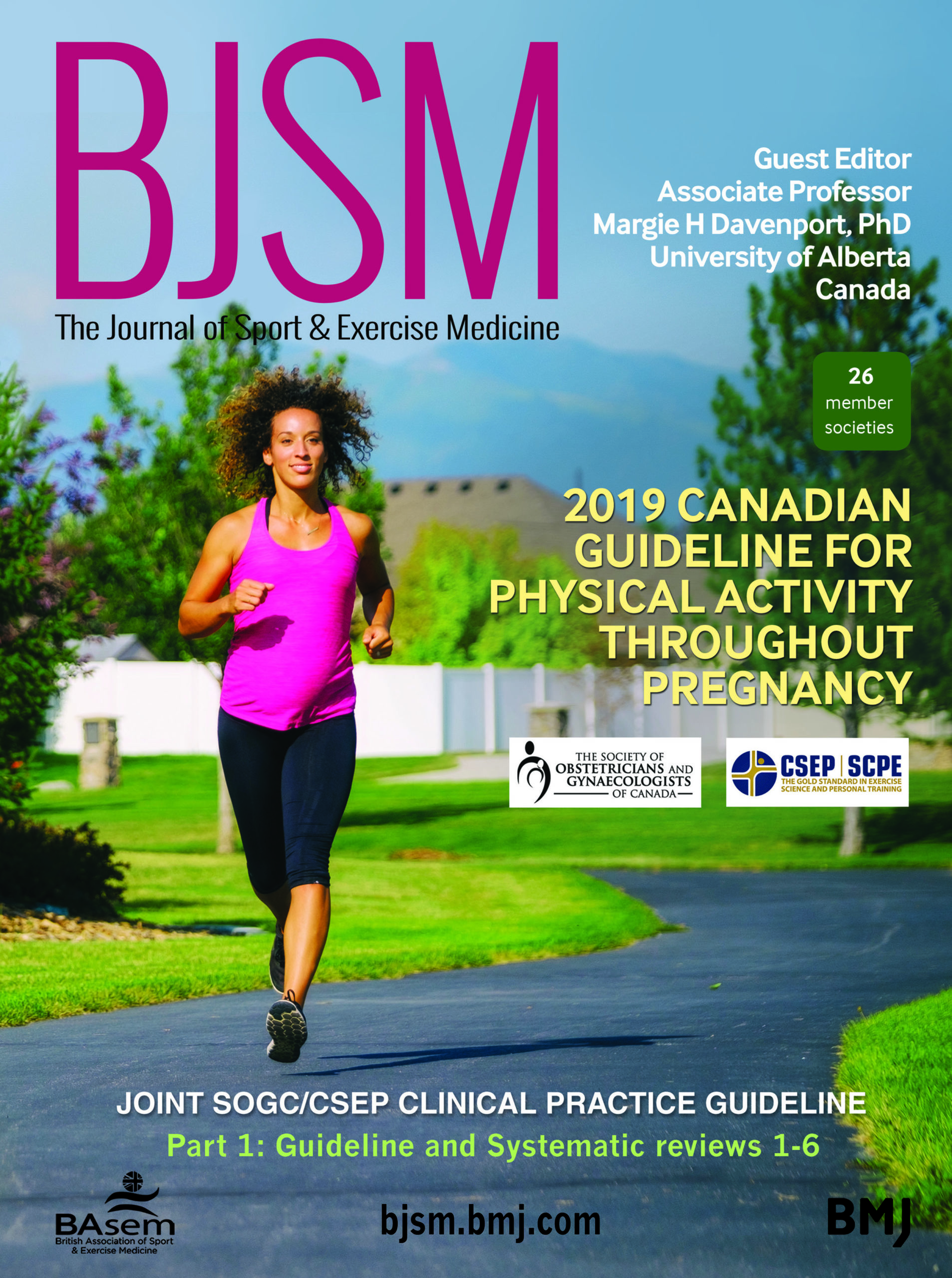Diversity, inclusion and equity are three of the BJSM’s core principles, and the journal is firmly committed to ensuring that these lie at the heart of all its work. So, this #InternationalWomensDay, we want to shine a light on some of the amazing work being done around the world to further female athlete health and to improve player welfare in women’s sport.
By no means is this an exhaustive list of the topics, names, studies and initiatives out there, so we apologise if we have missed anything out. We are always open to highlighting good work, especially in this sphere, so please reach out if you have any suggestions!
How does the menstrual cycle influence injury risk and performance?
For an overview of the latest research, we can’t recommend this podcast enough, with Dr. Kirsty Elliott-Sale. Covering everything from menstruation and oral contraception, to their effects on sports performance. A 25-minute masterclass!
If you also want to look into monitoring menstrual symptoms via apps, we have you covered here too, in a podcast with Dr. Georgie Bruinvels
If you want a study in this area that’s hot off the press, look no further than this study in international footballers:
Injury Incidence Across the Menstrual Cycle in International Footballers (Martin, Dan, Timmins, Kate, Cowie, Charlotteet al (2021) Injury incidence across the menstrual cycle in international footballers. Frontiers in Sports and Active Living . ISSN 2624-9367) https://www.frontiersin.org/articles/10.3389/fspor.2021.616999/full
Relative Energy Deficiency in Sport (RED-S)
For a simplified breakdown of the latest IOC RED-S consensus statement, you simply have to check out this blog by Dr Nicky Keay. This blog has been viewed over 30,000 times, and provides a brilliant graphic to break down the pathophysiology too. For the consensus statement itself, you can find that here.
If you prefer to listen to these types of practical summaries, then you’re in luck. We sat down with Dr Keay to bust some myths and misconceptions around RED-S, which you can find here (Part 1 of 2).
Injury Prevention in Women’s Sport
Historically, much of the injury prevention research has focused on men’s sport. One of the highlights in SEM of late has been the increasing focus on injury prevention strategies in women’s sports. Whilst there is still work to be done to ensure equity in this area, it has been great to see how popular this systematic review in particular has been:

Physical Activity in Pregnancy
Another growing area of research, where practical recommendations have evolved significantly over recent years, is around physical activity in pregnancy.
Whilst healthcare professionals may have historically been scared to provide advice to pregnant women in the past, there is now a wide range of resources to support women to be physically active during their pregnancy. We highlight just two of the key studies below, which have revolutionised the way that advice is now provided:
Why can’t I exercise during pregnancy? Time to revisit medical ‘absolute’ and ‘relative’ contraindications: systematic review of evidence of harm and a call to action https://bjsm.bmj.com/content/54/23/1395
2019 Canadian guideline for physical activity throughout pregnancy https://bjsm.bmj.com/content/52/21/1339
Again, if you want something for your commute on this topic, dive in to the podcast below with Dr. Ellen Casey.
And to finish, how do you advise postnatal women about returning to running? Thankfully, you can find out what the experts advise in the blog below!
We could go on highlighting some of the brilliant topics, work and individuals involved in women’s sport, and in female athlete health, but for now we’ll leave you with the above list. As mentioned in the first paragraph, please do get in touch if you want to highlight more work in this area, and keep your eyes peeled for an updated #FemaleAthleteHealth e-Edition in 2021…
https://twitter.com/BJSM_BMJ/status/1368861812565872645